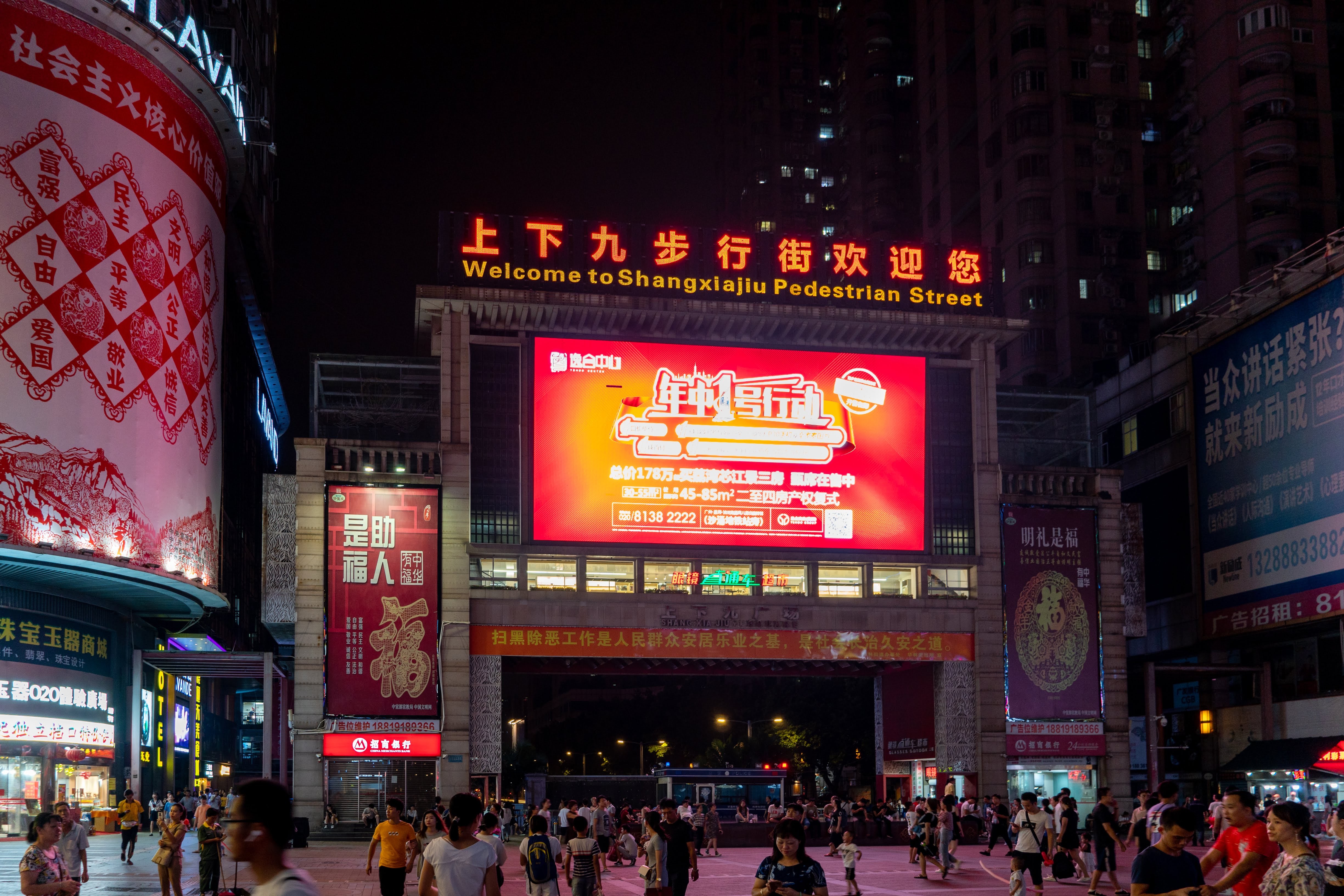I was in Guangzhou this August when I realised first-hand how painful it was to have only cash with you.
Much has been said about China’s push towards cashless payments. Our Prime Minister spoke about it at length some two years ago at his National Day Rally. In China, no one really makes payment by cash anymore. Instead, the two main payment modes are through the Alipay and WeChat Pay mobile apps. To make payment, one simply whips out his phone to scan a QR code, or have a QR code scanner scan a QR code on your phone. Somehow, in just five years, two companies managed to convince a population of 1.4 billion (and growing) to ditch their cash and plastic cards only for them to be placed at the mercy of their battery life or reception. Even beggars in China have taken to hanging a QR code around their neck to solicit donations.
The tradeoff? It’s really tough being a tourist in China, even if you read and speak the language. Due to Chinese banking regulations, you need to have a bank account in China in order to open an Alipay and WeChat Pay account. And to open such an account, in most cases the banks would require that you have a work permit, student pass or a residential address. Not so tenable for a transient traveller.
After doing some research, I found there were only two ways in which I could go somewhat cashless–in the Didi Chuxing (China’s Uber/Grab equivalent) which thankfully accepts foreign VISA and MasterCard credit cards, and the NETSPay app, which advertises interoperability with the UnionPay QR code. I had no issues with Didi Chuxing, which was a great relief given that I would otherwise have had much more difficulty when travelling from place to place. UnionPay, on the other hand, was only accepted at certain larger establishments.
So, as it turns out, we had to pay cash most of the time when dining and eating in Guangzhou. Sometimes, you even had to scan a QR code just to look at the menu and make orders (which didn’t work for us because you needed to have a WeChat Pay account). This was a great pain. Many times, they did not have any small change (because no one gave them notes any longer), or they had to dig up some old paper menu which had been decommissioned years ago. There was generally a lack of understanding that you practically had to be living in China on a long-term basis in order to open a WeChat Pay or Alipay account, which resulted in the many puzzled (or sometimes, dirty) looks we encountered. It’s even more frustrating when you are ethnically Chinese and read and speak the language only to realise that it’s tougher getting around in China than in, say, Korea or Japan.
Perhaps, the Chinese do not really need to care about tourists that much since they have such a big domestic market to draw from in any case. But in Singapore, where tourism forms a significant part of the economy, it is important that such cashless forms of payment remain accessible to all.
Already, I’ve come across instances where cash payments are not accepted at all. The LiHO outlet at Funan, for example, proudly advertises that they do not accept cash. Only NETS, EZ-Link and various forms of QR code are accepted. This is actually even more extreme than in China, where rejecting cash as a form of payment is illegal. This would make it rather frustrating for tourists, who will probably not have any access to NETS, GrabPay or the such. Or if your phone is out of battery or you somehow end up without a phone reception (as has happened to me a couple of times before, when my SIM card mysteriously failed), you have to pray hard you have one of the alternative payment modes accepted. It feels rather unsettling that one day, you may end up in the scenario where you have physical cash with you but yet you can’t make payment anywhere.
Compounding this frustration is the fact that the SG QR code, which is a unified QR code that works across multiple payment platforms, is still dependent on the payment methods that the merchant chooses to accept. So you could have an SG QR Code that accepts only GrabPay, while another may accept NETS, DBS PayLah! and OCBC PayAnyone as well. The unified code solves the problem of the merchant having too many codes to display, but it doesn’t solve the problem of the end-user not having a compatible app.
Then, on the other hand, you have smaller merchants and taxi drivers who refuse to accept anything other than cash. As a result, it seems that you now need to ensure you have both cash and a cashless form of payment with you at all times. Some merchants accept only cash, while some merchants accept anything other than cash. Perhaps the MAS should step in to clarify that cash must still be accepted as a fallback, since after all, the Singapore Dollar is legal tender. Meanwhile, such is the pain of a cashless society in transition.

